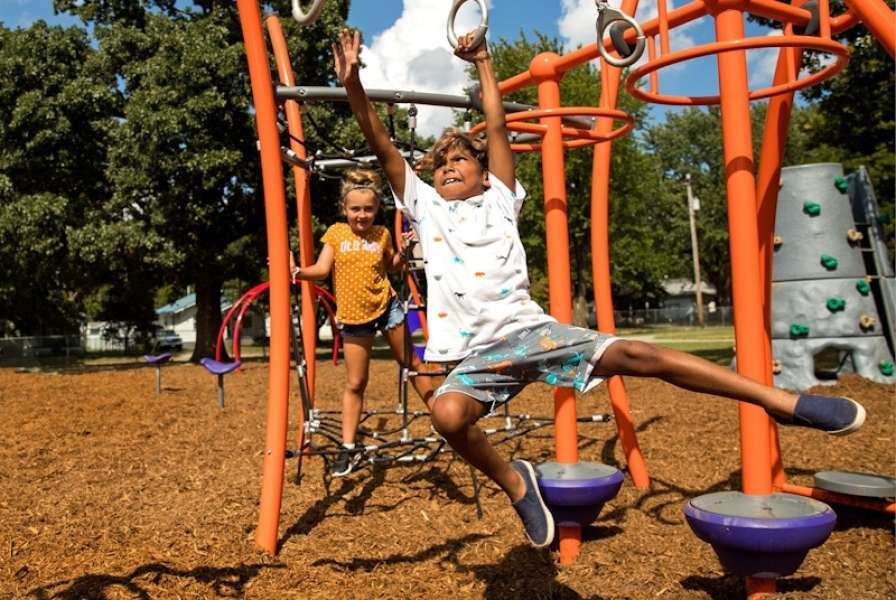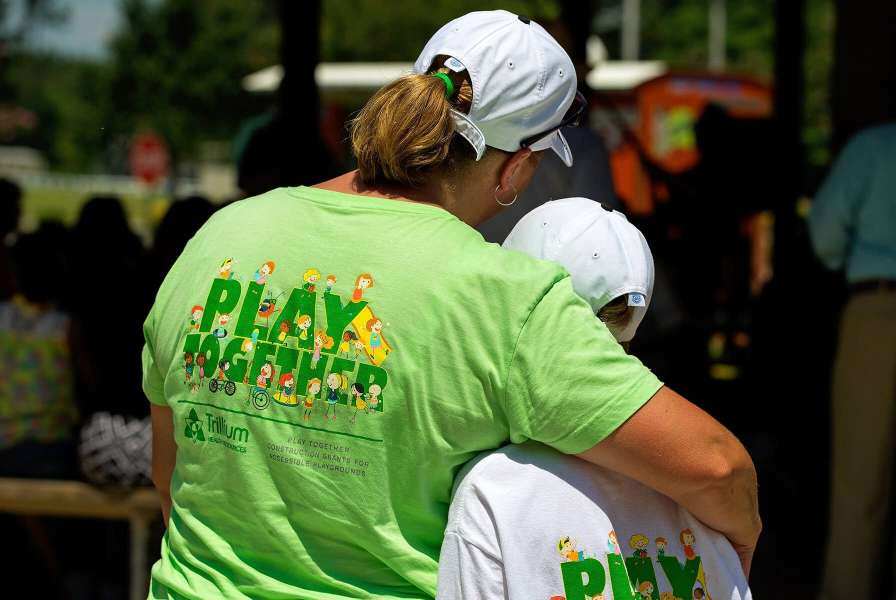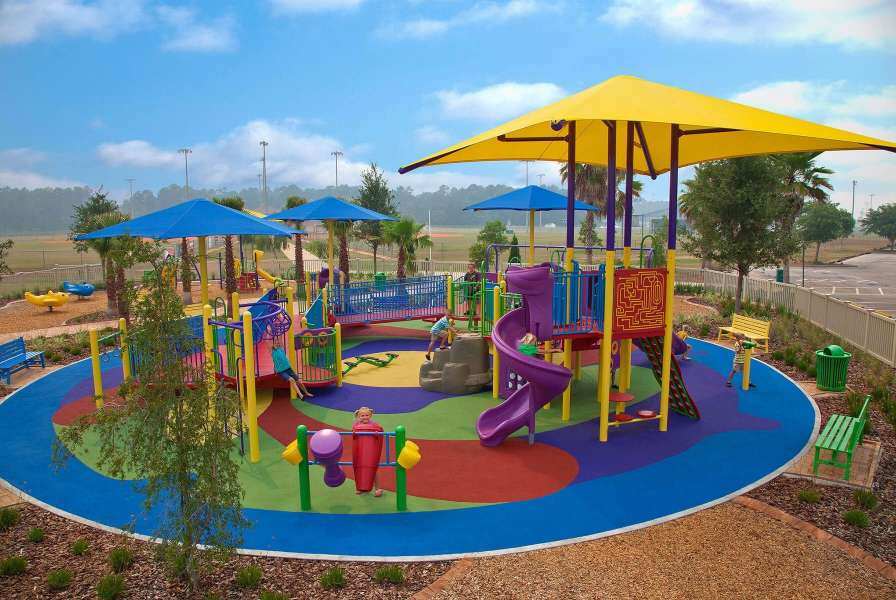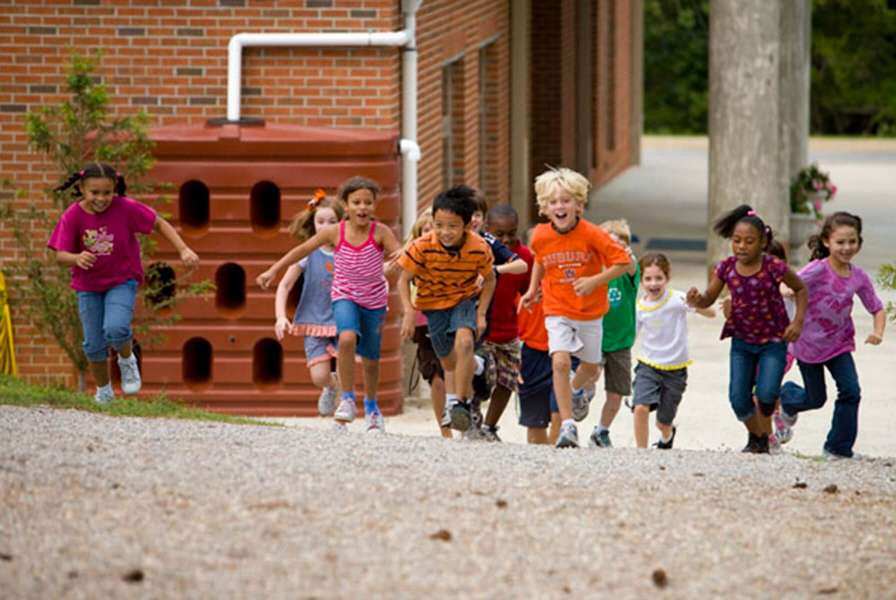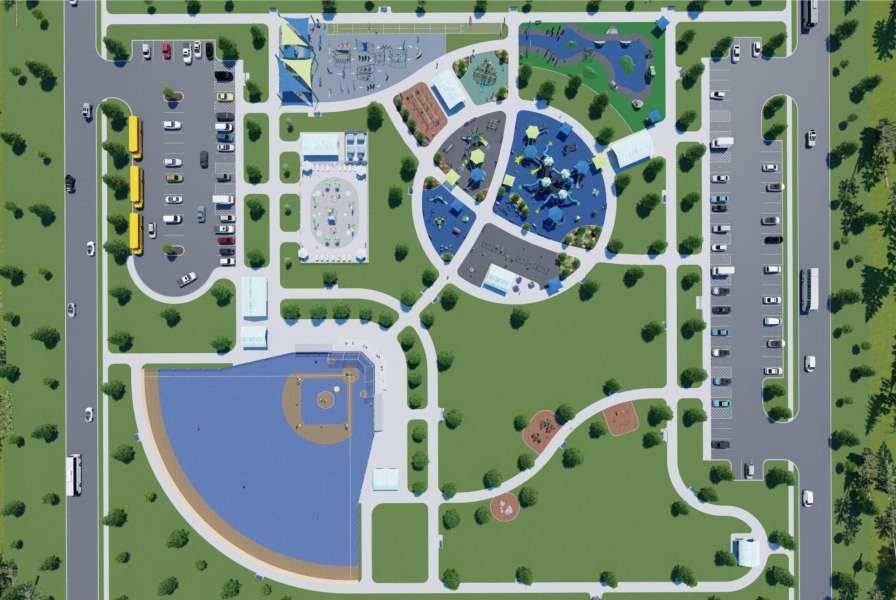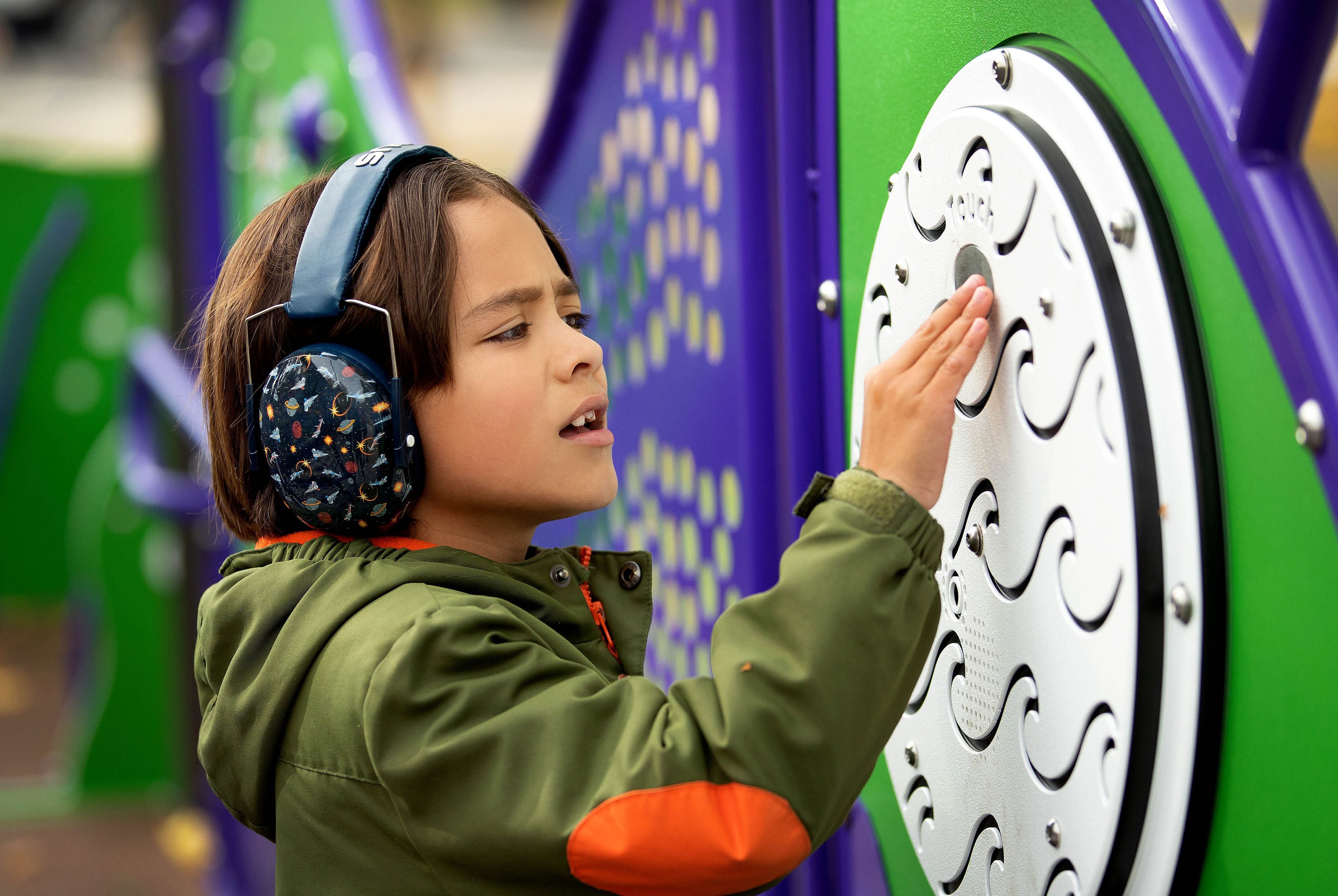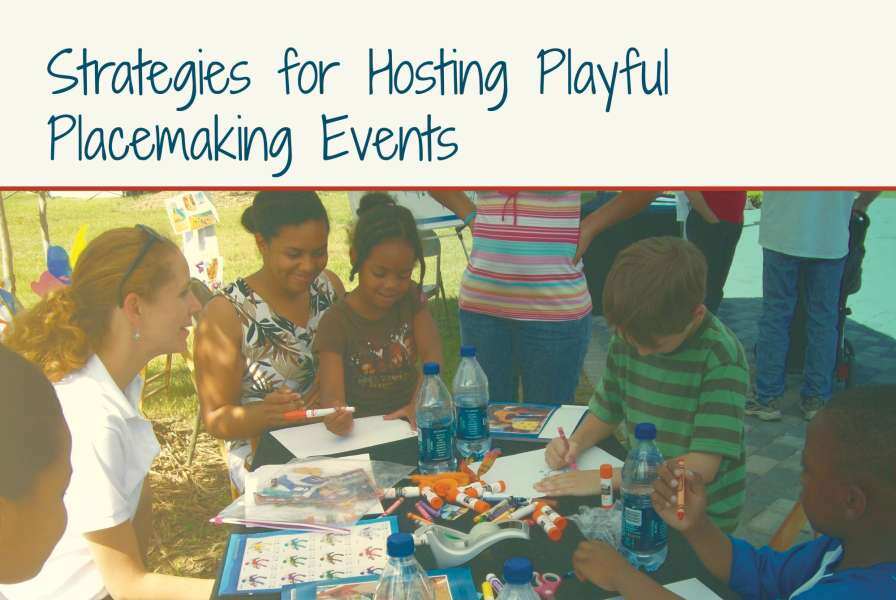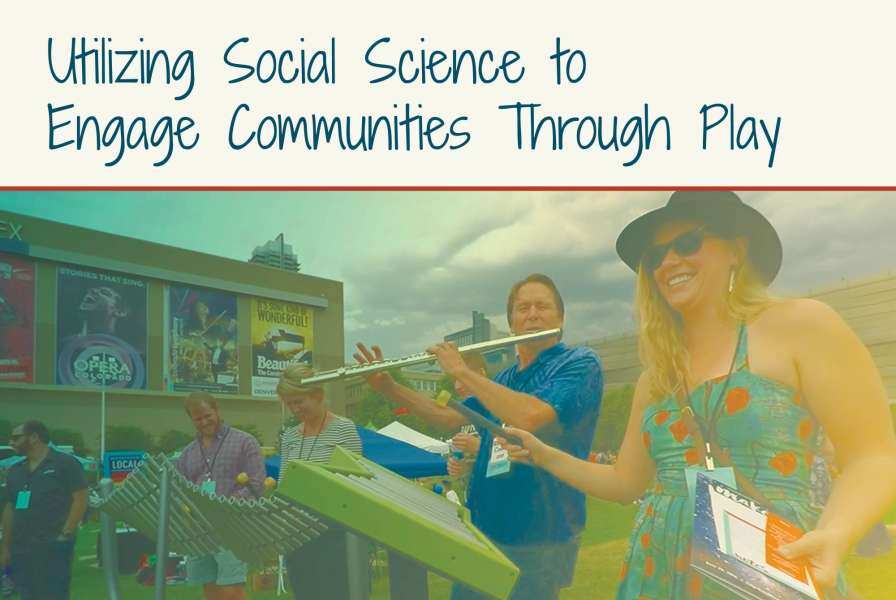Establishing physical activity habits in childhood is critical to the development of a physically active lifestyle. When children engage in regular exercise, they are more likely to continue exercising as adults.
Physical activity experts recommend that young people engage in 60 minutes or more of enjoyable and diverse types of physical activity each day. From birth to age 5, this daily activity should include periods of structured and unstructured physical activity that promote the development of movement skills. Preschool children should not be sedentary for more that 60 minutes at a time except when sleeping. Obesity researchers recommend the integration of physical activity in the preschool curriculum as a prevention effort.
For children ages 6 to 17, it is recommended that this daily activity be of moderate to vigorous intensity; be age-appropriate; and include aerobic (i.e., rhythmic movement of large muscles), muscle-strengthening (i.e., moving muscles against a resistance), and a bone-strengthening (e.g., producing impact force movement with ground) movements.
According to a survey of teachers, 100% said that recess is essential for young students’ mental and physical development. Schools are ideal settings for children to accumulate a significant portion of the recommended amount of daily physical activity. The widely endorsed school-wide approach is known as a comprehensive school physical activity program (CSPAP), in which physical activity opportunities are promoted across the coordination of multiple components: physical education; physical activity during school (e.g., recess, classroom breaks); physical activity programs before and after school (e.g., active transportation, intramurals); staff involvement; and family and community engagement. CSPAP implementation provides a promising framework for youth to participate in daily physical activity and reap the associated health benefits.
Regular physical activity has numerous health benefits for children and adolescents:
- Reduces risk for cardiovascular disease, diabetes, colon cancer and premature death.
- Helps attain/maintain healthy weigh and prevent obesity.
- Develops healthy bones, lean muscles and nonarthritic joints.
- Lowers blood pressure and cholesterol.
- Improves cognitive skills and academic performance.
- Improves classroom conduct.
- Increases self-esteem.
- Reduces feelings of anxiety and depression.
Physical educators and recreation leaders can play a critical role in the selection of playground equipment and designing the outdoor play and learning environment. By offering your expertise, you can have a direct influence on the intentional design of the playground to maximize programming and address the need to promote physical activity.
A well-designed play space provides a critical opportunity to address the needs of the whole child and offer activities that motivate, engage, and challenge all children. Playground components should provide opportunities for beginning, intermediate, and advanced users to engage in healthy risk-taking and offer challenge through a wide variety of play components and activities.
Specific design considerations can be made to encourage children to move, increase physical activity and develop important fitness skills. Consider the following design best practices to create healthy bodies through play:
Variety - Offer various elements of play such as brachiating/upper body bilateral coordination (alternating arm swinging/hanging/crawling), climbing, swinging, sliding, spinning, and balancing.
Continuum of Skills - Provide a developmental progression of skills by selecting equipment for beginning, intermediate, and advanced level users that will promote healthy risk taking.
Naturalization - Naturalized playgrounds that combine manufactured equipment with the living landscape provide more opportunities for increased physical activity. Utilize child-friendly plant materials, pathways, and existing topography to encourage movement and increase play value. Learn more about Putting Nature Into Play™ at playcore.com/naturegrounds
Loose Parts - Providing additional loose parts encourages children to move and cooperate together as they manipulate their environment.
Active Play - Disperse equipment and consider pathway layouts for configurations that will encourage movement through running, chasing, exploring, and active play.
A well-designed play space provides a critical opportunity to address the needs of the whole child and offer a wide variety of activities that motivate, engage, and challenge all children. Specific designs as found in Play On! Promoting Physical Activity & Fitness Through Active Play can be selected that encourage children to actively move through play and develop important fitness skills that align with national standards for physical activity.
